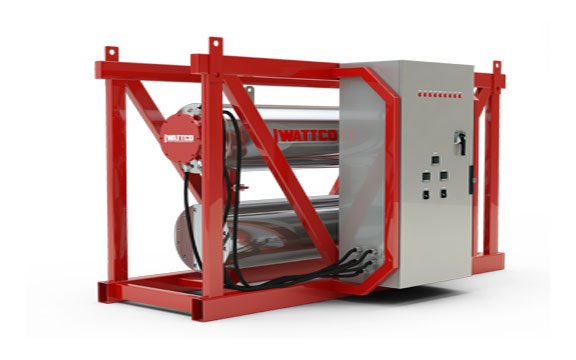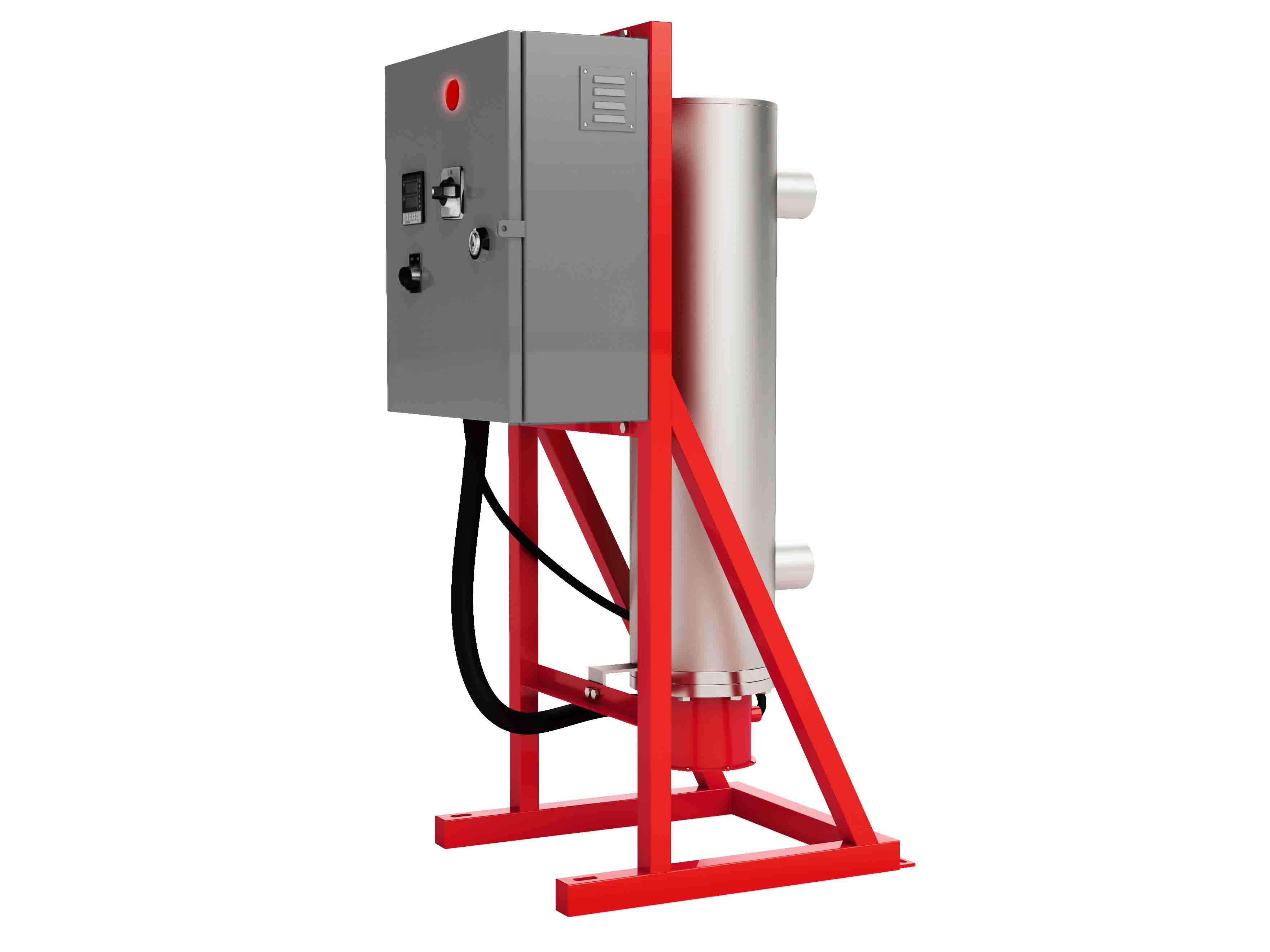Extending the life of your circulation heater
Last updated on December 14th, 2021 at 10:07 pm
Electric circulation heaters are utilized for a wide variety of functions in the food and beverage industry or oil and gas industries. The flexibility they allow in terms of the choice between direct and indirect heating and the selection of the element alloy or protective sheath material is one of the reasons why industrial circulation heaters are so popular. An integral part of many thermal fluid systems, they require the same amount of attention that other processes and equipment do.
 Prior to Installing Your Circulation Heater
Prior to Installing Your Circulation Heater
In the pre-installation phase, most of your attention must be devoted to choosing the right circulation heater, which fits your needs, from a wide variety of available options. And, for that, you need to gain extensive knowledge not just of your requirements, but also of the proper application process of each kind. Also, you must be aware of the properties and requirements of the fluids involved in the heating application. Different fluids such as water and oil demand varying levels of watt density and operating temperatures. When you have devoted a certain amount of thought and effort to selecting the right kind of heater, you can considerably improve its efficiency and elongate its life span.
Installation
When it comes to installing the circulation heater, there are certain key areas on which you need to focus to yield the best results. Some of these areas are:
Terminal housing
During the installation process, you have a range of options in terminal housing. You need to conduct an appraisal of the environment in which the heater would be used and the kind of terminal housing which would best suit your purposes. For instance, if you don’t have any particular environmental considerations, you may install a NEMA 1 terminal housing. Other options include the moisture-resistant NEMA 4 and the explosion-resistant NEMA 7 varieties.
Replacement space
If you are looking for long term industrial application, it should probably go without saying that you would need to replace the thermal fluid heaters at one point or another. Therefore, the assembly of the whole system must be arranged in a way to leave space so that the circulation heater can be easily removed for maintenance or replacement.
Pressure relief valves
Since circulation heaters function in conjunction with other equipment, it is also essential to install the requisite preventive measures. These measures ensure the optimal functioning of not just the heaters, but the whole thermal fluid system. One of those measures is the installation of pressure relieve valves to prevent accidents due to a pressure buildup, particularly in the closed loop systems.
Temperature controllers
Another important consideration while installing circulation heaters is to avoid over-heating and the resultant damage to equipment or the target fluid. This is why temperature controllers are somewhat a necessity, if you want to extend the life of the circulation heater.
Pumping mechanism
In closed loop heating systems, the pumping mechanism plays a crucial role in ensuring the integrity of the whole operation. The pumping mechanism must be installed at the inlet end and you should always avoid the reduction of the flow of the liquid. Such a situation, if it ever occurs, can lead to overheating of both, the fluid and the heater.
Functioning
Some general precautionary measures taken during the everyday operations of the circulation heater can extend its life considerably.
Wiring
You must periodically check whether the wiring connections are attached firmly. Loose connections can lead to accidents, overheating, and other potential hazards. You must also ensure compliance with the National Electric Codes by properly grounding the heaters to avoid user contact with dangerous voltages.
 Thermostat
Thermostat
One of the most common mistakes in the functioning of circulation heaters occurs when the operators use the thermostat to switch the heater on and off. They also solely rely on the thermostat to control the temperature. If you manage to avoid these mistakes, you would observe a significant improvement in the functioning of the heater. Install heavy-duty temperature control panels and power switches to avoid over-reliance on the thermostat.
Maintenance
If there’s a single key to ensuring a long life for the circulation heater, it’s proper maintenance. Your maintenance checks must be timely and regular to prevent any accidents or potential hazards and the early diagnosis of the problems. Some of the essential maintenance procedures include:
Checks-ups for scale and corrosion
The build-up of scale and the corrosive properties of certain substances are some of the leading causes for heater failure. Therefore, it’s essential to schedule periodic checks for any such activity. At best, the scale build-up can reduce the efficiency of any thermal transfer system. At worst, it can cause complete failure.
Physical inspection
To prevent a major incident from occurring, periodic physical inspection of the flange or screw-plug heater is essential. The inspection may involve cleaning the electrical resistance elements and checking for any loose bolts or electrical connections. Looking for more information on industrial heating elements? Read more on the Wattco Blog or look through some of our heating industry case studies. Whether you’re looking for an industrial circulation heater or any other high quality industrial heating products, consult the wide variety of heating solutions in the Wattco portfolio or contact our experts for more information.
